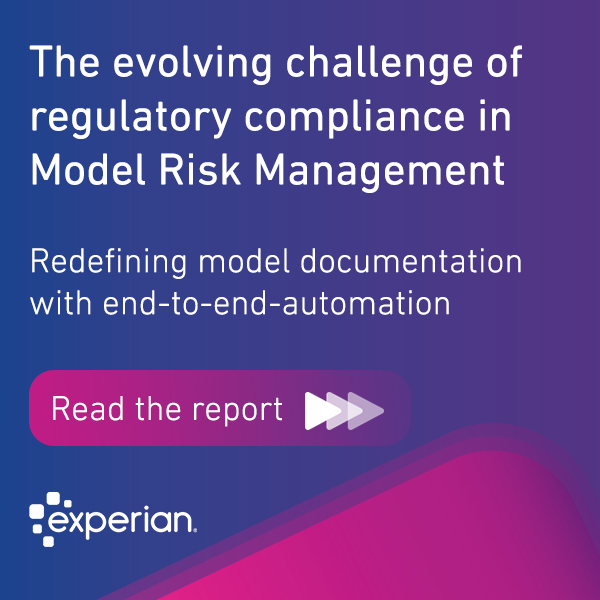
Historically, identity graphs were used to drive marketing for businesses, allowing marketers to understand and target their audience with relevant content. But in recent years, identity graphs have emerged as a useful tactic to help businesses detect and prevent fraud due to the magnitude of data they collate and analyse.
As fraud continues to evolve, businesses need to get creative and resourceful when it comes to fighting online fraud to keep pace with the fraudsters. Identity graphs allow businesses to map multiple data points to create individual customer profiles while highlighting connections across all customer profiles in their current portfolio.
Download our latest Global Identity and Fraud Report
How do identity graphs work?
Identity graphs are databases that create a consolidated unique customer profile. Information is collected from different platforms, both online and offline, and merged into a single view. This process of gathering and merging information is known as identity resolution. The primary goal of identity resolution is to create a real-time, holistic view of an individual.
How identity graphs can be used across different types of fraud
- Account Takeover: Identity graphs make it simple to tell when the same individual is logging into multiple accounts or when all data associated with a particular user account suddenly changes. Identity graphs can screen customer accounts that are suspected of having been compromised by takeover attacks.
- Credit Card Fraud: Identity graphs collate data from both online and offline means. Having access to this data can be hugely beneficial in preventing counterfeit credit card transactions. Identity graphs will map common links between cardholders and data such as point of sale locations or historic transactional behaviour. Understanding these behaviours means identity graphs can uncover suspicious transactions, helping to expose compromised credit cards and prevent fraud.
- Referral Fraud: Many businesses offer reward incentives to their customers to help drive engagement. While good intended, businesses that offer referral rewards may expose vulnerabilities to referral fraud. In referral fraud attacks, fraudsters will take advantage of the offered rewards without ever meeting the conditional requirements. Identity graphs make it possible to uncover referral fraud, for example, highlighting multiple referrals from one household.
- Gaming Fraud: Fraudsters will make multiple online gambling accounts to take advantage of any sign-up offers the vendor may offer. Likewise, fraudsters will often use multiple accounts to bet against themselves, ensuring they always win. Identity graphs can help track and highlight these instances flagging relationships between the multiple accounts.
- Synthetic ID Theft: Recently fraudsters have been turning to synthetic IDs to commit fraud, as opposed to sourcing legitimate IDs as per traditional identity theft. Fraudsters will combine personal data from multiple victims to create a new, non-existent identity that they can then use during online transactions. These new personas, and the inconsistencies they contain, can be easier spotted when identity graphs are applied.
- Anti-Money Laundering (AML): When fraudsters illegally obtain funds, they will recruit individuals to pass these funds from one source to another, making their origin hard to trace. Identity graphs can help organisations track financial transactions, providing a clear image of the journey the funds have taken, all the way from origin to destination.
Innovative ways identity graphs are helping to detect and prevent fraud
- Cross-device Identification: Identifying customers through PII and digital data, through both deterministic and probabilistic matching, allows organisations to better identify the same user across multiple devices. This allows them to be treated as a single entity, highlighting suspicious anomalies in behaviours.
- Real-time: Our digital world is notoriously fast paced, and not known for standing still. Identity graphs operate by collating data and updating the associated customer profiles in real-time. Ensuring we always make decisions on accurate and up-to-date customer information is crucial for both regulatory and risk reasons.
- Fraud Rings: Identity graphs collect and link a vast magnitude of data. Examining each data point in tabular form can be a laborious task for investigators and spotting suspicious connections can prove difficult. When connections are presented within a graph, they can easily present powerful insights that can uncover fraud rings that could otherwise be missed.
Stay in the know with our latest research and insights:




